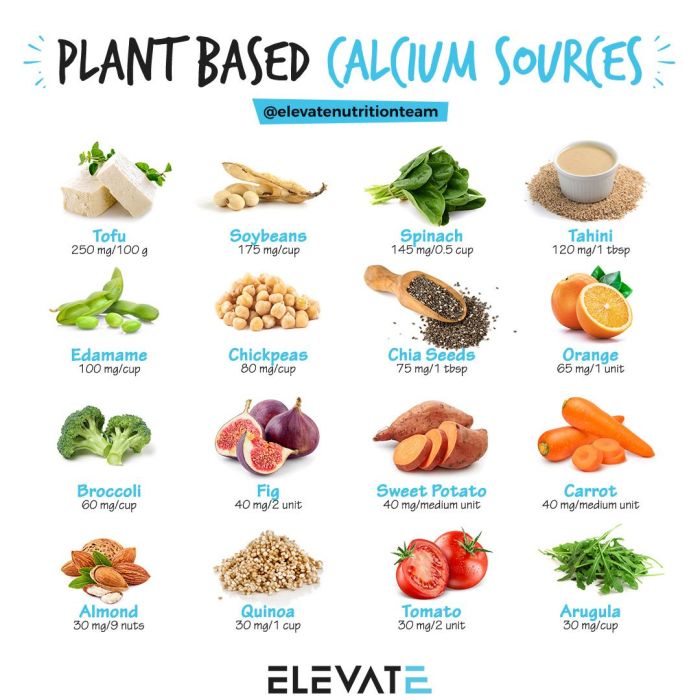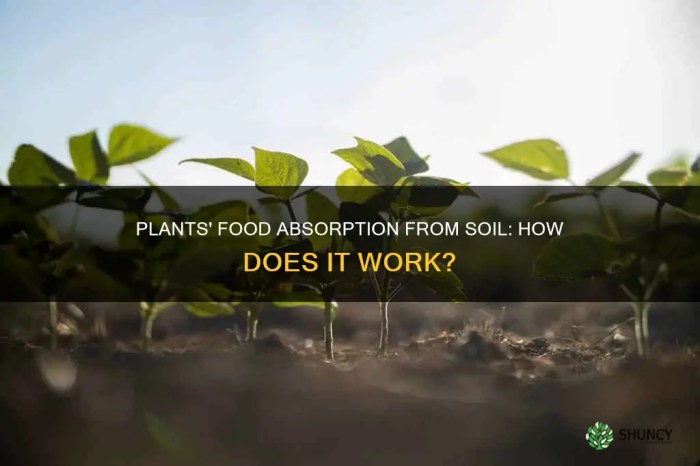Does Calcium for Plants Help Them Retain Water?
Calcium’s Crucial Role in Plant Water Retention
Does calcium for plants help them retain water – Calcium (Ca 2+) is an essential macronutrient for plants, playing a multifaceted role beyond its contribution to overall plant growth and development. Its influence on plant water relations is particularly significant, impacting water uptake, transport, and overall drought tolerance. This article delves into the intricate mechanisms by which calcium enhances a plant’s ability to retain water, exploring its effects at the cellular, tissue, and whole-plant levels.
Calcium’s Role in Plant Cell Walls

Source: elevatenutrition.com
Calcium pectate, a calcium salt of pectic acid, is a crucial component of the plant cell wall’s middle lamella, the layer that cements adjacent cells together. This calcium-pectate network provides structural integrity and stability to the cell wall, acting as a cohesive glue. Sufficient calcium ensures a robust and tightly bound middle lamella, enhancing cell wall strength and rigidity.
Calcium deficiency weakens this structure, leading to increased cell wall porosity and reduced cell-to-cell adhesion. Consequently, plants lacking sufficient calcium exhibit decreased water retention capacity due to compromised cell wall integrity. Cells with adequate calcium exhibit significantly improved water retention compared to calcium-deficient cells, owing to the robust cell wall structure.
Calcium’s Influence on Water Uptake and Transport
Calcium actively participates in the process of water absorption by plant roots. It influences the permeability of cell membranes, impacting the flow of water across these membranes. Calcium also plays a regulatory role in aquaporins, membrane proteins that facilitate water transport. Aquaporin activity is modulated by calcium signaling, influencing the rate of water movement into and through plant tissues.
| Calcium Level | Water Uptake Rate (arbitrary units) | Root Growth | Leaf Water Potential |
|---|---|---|---|
| Low | 10 | Stunted | -1.5 MPa |
| Medium | 25 | Moderate | -1.0 MPa |
| High | 35 | Robust | -0.5 MPa |
Calcium’s Effect on Stomatal Regulation, Does calcium for plants help them retain water
Calcium ions act as crucial secondary messengers in the signaling pathways controlling stomatal opening and closure. Stomata are tiny pores on leaf surfaces that regulate gas exchange and transpiration. Calcium’s influence on these processes directly affects a plant’s water loss. Higher calcium levels contribute to more efficient stomatal regulation, leading to improved drought tolerance. Plants with sufficient calcium can better manage water loss by responding appropriately to changes in environmental conditions.
An experiment demonstrating calcium’s effect on stomatal conductance could involve comparing stomatal aperture in plants grown under varying calcium levels, under controlled environmental conditions. Measurements of stomatal conductance and transpiration rates would provide quantifiable data.
Calcium and Plant Stress Response (Drought)

Source: shuncy.com
Calcium acts as a critical secondary messenger in plant stress responses, particularly during drought. It triggers the expression of stress-related genes, activating various protective mechanisms within the plant cells. These mechanisms include the production of osmoprotectants, antioxidants, and other molecules that help mitigate the negative effects of drought stress. Calcium also helps stabilize cellular structures and membranes, preventing damage caused by dehydration.
- Increased production of osmolytes (e.g., proline)
- Enhanced antioxidant enzyme activity
- Stabilization of cell membranes
- Improved water use efficiency
Calcium’s Interaction with Other Nutrients

Source: hautelifehub.com
Calcium’s role in water retention can be affected by the availability of other nutrients. Deficiencies in nutrients like potassium, magnesium, or phosphorus can exacerbate the negative impacts of calcium deficiency on water retention. Conversely, adequate levels of these nutrients can enhance calcium’s effectiveness. Nutrient imbalances can disrupt the delicate balance of physiological processes, affecting calcium’s role in water retention.
Different calcium supplementation methods, such as foliar sprays or soil applications, can vary in their effectiveness. The choice of method depends on factors like soil type, plant species, and the severity of calcium deficiency.
Practical Applications of Calcium for Water Retention
Several agricultural practices can improve calcium uptake and utilization by plants, enhancing their drought tolerance. These include soil amendments that improve soil structure and drainage, promoting better root growth and calcium availability. Appropriate calcium fertilization strategies are crucial for ensuring adequate calcium levels in plants.
- Calcium nitrate
- Calcium sulfate (gypsum)
- Lime (calcium carbonate)
- Calcium chloride
Visual Representation of Calcium’s Impact on Water Retention
A microscopic image comparing cell walls of plants with adequate and deficient calcium levels would reveal distinct differences. Cells with sufficient calcium would show a thicker, denser, and more uniformly structured cell wall, with clearly defined middle lamella. In contrast, calcium-deficient cells would exhibit a thinner, less dense, and possibly disrupted cell wall, with a poorly defined middle lamella.
A diagram illustrating water transport pathways in a plant would highlight the role of calcium at various stages, from root uptake to leaf transpiration, emphasizing calcium’s influence on membrane permeability and aquaporin function.
Helpful Answers: Does Calcium For Plants Help Them Retain Water
What are the visible signs of calcium deficiency in plants?
While calcium doesn’t directly improve water retention in plants like a super-absorbent polymer, its role in cell wall structure indirectly supports overall plant health. Proper watering is crucial, and understanding how frequently to irrigate is key; for tomatoes, a helpful guide is available here: how often should i water my tomato plants. Ultimately, healthy, well-watered plants are better able to utilize calcium effectively for robust growth and development.
Visible symptoms can include stunted growth, blossom-end rot in fruits, and leaf curling or chlorosis (yellowing).
Can I over-fertilize with calcium?
Yes, excessive calcium can interfere with the uptake of other essential nutrients like magnesium and potassium, leading to imbalances.
What are some organic sources of calcium for plants?
Eggshells, bone meal, and gypsum are examples of organic calcium sources that can be added to soil.
How does soil pH affect calcium availability to plants?
Calcium availability is generally higher in slightly acidic to neutral pH soils. Extremely acidic or alkaline conditions can reduce its availability.




















